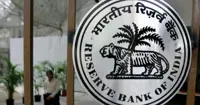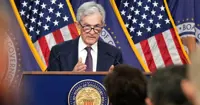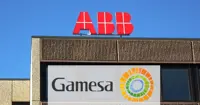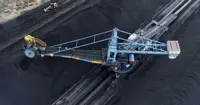Australian economy in recession: Australian central bank governor
21 Apr 2009
Australia's Reserve Bank has conceded that the country has become a part of the global recession. After its policy meet on 7 April, where it cut forecasts for inflation and growth as well as predicted slowing down of the economy in the first quarter and for FY 2009-10.
Reserve Bank of Australia governor Glenn Stevens said that Australia has followed the rest of the world into a recession and added, "It is very rare for Australia to escape an international recession and there is no precedent for avoiding one of this size."
"Whether or not the next GDP statistic, expected in early June, shows another decline, I think the reasonable person looking at all the information available now, would come to the conclusion that the Australian economy, too, is in recession." RBA governor Glenn Stevens said in his address to company directors.
He stressed that sensible policies have remained in place and the government had not been forced to bailout the banking sector.
The governor's admission came a day after Prime Minister Kevin Rudd and Treasurer Wayne Swan, both agreed that it was inevitable that Australia would slip into its first recession since the early 1990s.
The term recession is defined when there is two consecutive quarters of negative economic growth. Australia's gross domestic product (GDP) contracted by 0.5 per cent in the last quarter of 2008.
Stevens said that this would be Australia's eighth recession since World War II, and was mostly linked to international business cycles.
He added that this would translate into declining business investment and reduction in manpower recruitment but, Australian economy was contracting at a slower pace than a number of other countries.
The Reserve Bank has said it is "likely" that the March quarter GDP would fall by around the same rate as in the December quarter, the minutes of its April 7 board meeting reveal.
The central bank may consider further cut in interest rates if the deterioration of economic data continues.
Stevens also added that at the core of any domestic recovery will be China, which is already showing signs of a recovery.
Further deterioration in the labour market was likely but the central bank expects the economy to recovery by the end of the year, indicated the minutes of its April 7 board meeting.
Australian prime minister Kevin Rudd unveiled a A$42 billion (US$26.5 billion) economic stimulus plan in February promising in additional spending to shield the economy from the global downturn. (See: Australia unveils $26.5-billion new economic stimulus)
The RBA slashed the cash rate to 3 per cent, a 49-year low in April but most of the banks did not passed the full reduction. The National Australia Bank (NAB) refused to follow RBA's footsteps and said will not adjust its home loan rates. (See: Rudd asks banks to take cue from RBA rate cut)
Australia is showing signs of coming out of the uncertainties caused by the global economic crisis and recorded an impressive $1.5-billion (A$2.1 billion) trade surplus in February 2009. (See: Despite slump Australia records $1.5-billion trade surplus in February)
Another important factor is that the Chinese are making huge investments in Australia which will help it economy tremendously. (See: China's ambassador defends Australian investments)




.webp)


























